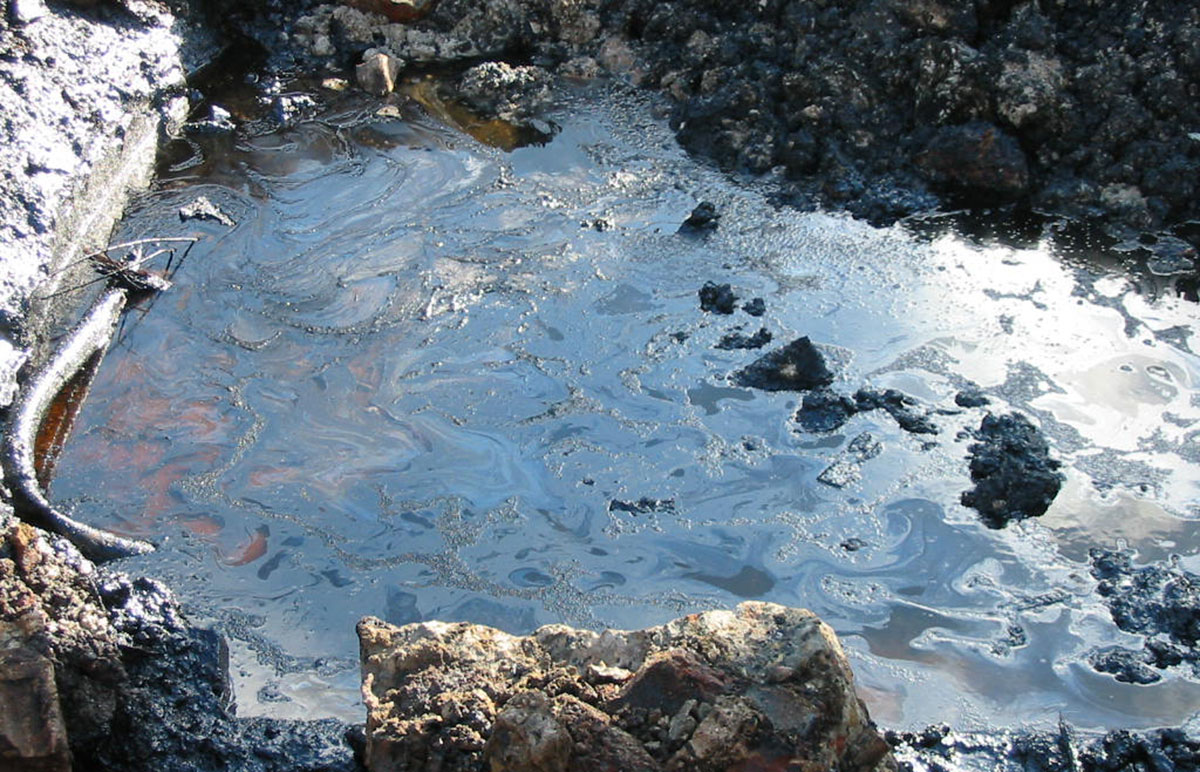
The biggest problem with groundwater, particularly in the sort of mixed soils that characterise much of the southern half of the UK, is how difficult it is to determine where it is in the ground. And then if we do think we know where it is, it is even more difficult to assess to what extent it might affect the project that our client is paying us to provide recommendations for. This, of course is not really what the client wants to hear.
If working with a large open site underlain by granular soils, measuring groundwater levels is relatively straightforward, as the depth at which groundwater is struck in a borehole is a reasonable indication of where it is in the ground, and supported by groundwater monitoring standpipes an accurate picture of the groundwater regime can be established.
However, where for example, a layer of relatively permeable made ground overlies less permeable clay soils, it can be very difficult to reliably establish the groundwater level in the natural soils, and the situation is made even more complex on congested sites, where buried structures may interfere with groundwater flows, surface water may be contributing and access for borehole standpipes can be difficult. These are the sorts of problems we often face when assessing proposed domestic basements.
A groundwater monitoring standpipe will often show a relatively high water level that does not reflect the groundwater level, but simply results from water flowing through permeable made ground and collecting in a standpipe installed into less permeable soil, which prevents the water flowing away. The only way of really understanding what is happening in the ground is to dig a hole of sufficient size and depth that it provides a reasonable reflection of the proposed basement, but there is rarely the space or the appetite for this sort of disruption, particularly in the early stages of planning.
The other problem with groundwater, particularly with respect to domestic basements, is one of confusion. I have seen and heard numerous objections to proposed basements that note how an objector’s garden close to the proposed basement already floods when it rains, with the suggestion that this is somehow related to groundwater that is dangerously close to the ground surface. The implication is that any additional obstruction to groundwater caused by a new basement is going to lead to catastrophe. This sort of view is not helped by media reports of flooding that often refer to groundwater levels, when almost all flooding is simply a result of surface water – groundwater levels in a shallow saturated zone will of course cause problems, but this is not related to a general groundwater problem.
This view of there being a shallow water table is of course not helped by ground investigation reports that show shallow groundwater in monitoring standpipes without some critical appraisal of what this means. Clearly water in a standpipe means that there is some water in the ground, but at GEA we have the necessary hydrogeological expertise to allow us provide clear interpretation of the factual data. As is so often the case, factual ground investigation data without proper interpretation can be very misleading.
Related News
April 11, 2023
by Juliet Fuller
We worked with Mason Navarro Pledge and client The Bedford Estates to redevelop a site in Bloomsbury at the corner of Ridgmount Street and Store Street.
February 10, 2023
by Martin Cooper & Matthew Penfold
The senior engineers at GEA all have many years of varied experience in ground engineering. That experience can affect outcomes in ways that are obvious, but also in other ways that might be less apparent.
April 28, 2021
by Steve Branch
Donald Rumsfeld's "known knowns, known unknowns and unknown unknowns" phrase has become quite a favourite in presentations by geotechnical engineers...
October 13, 2020
by Mike Plimmer
The risk presented by high rates of hazardous ground gas emissions into structures is well documented and means of monitoring and assessing this risk are set out in both BS 8576:2013 and CIRIA C665...